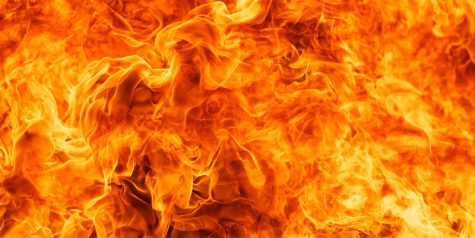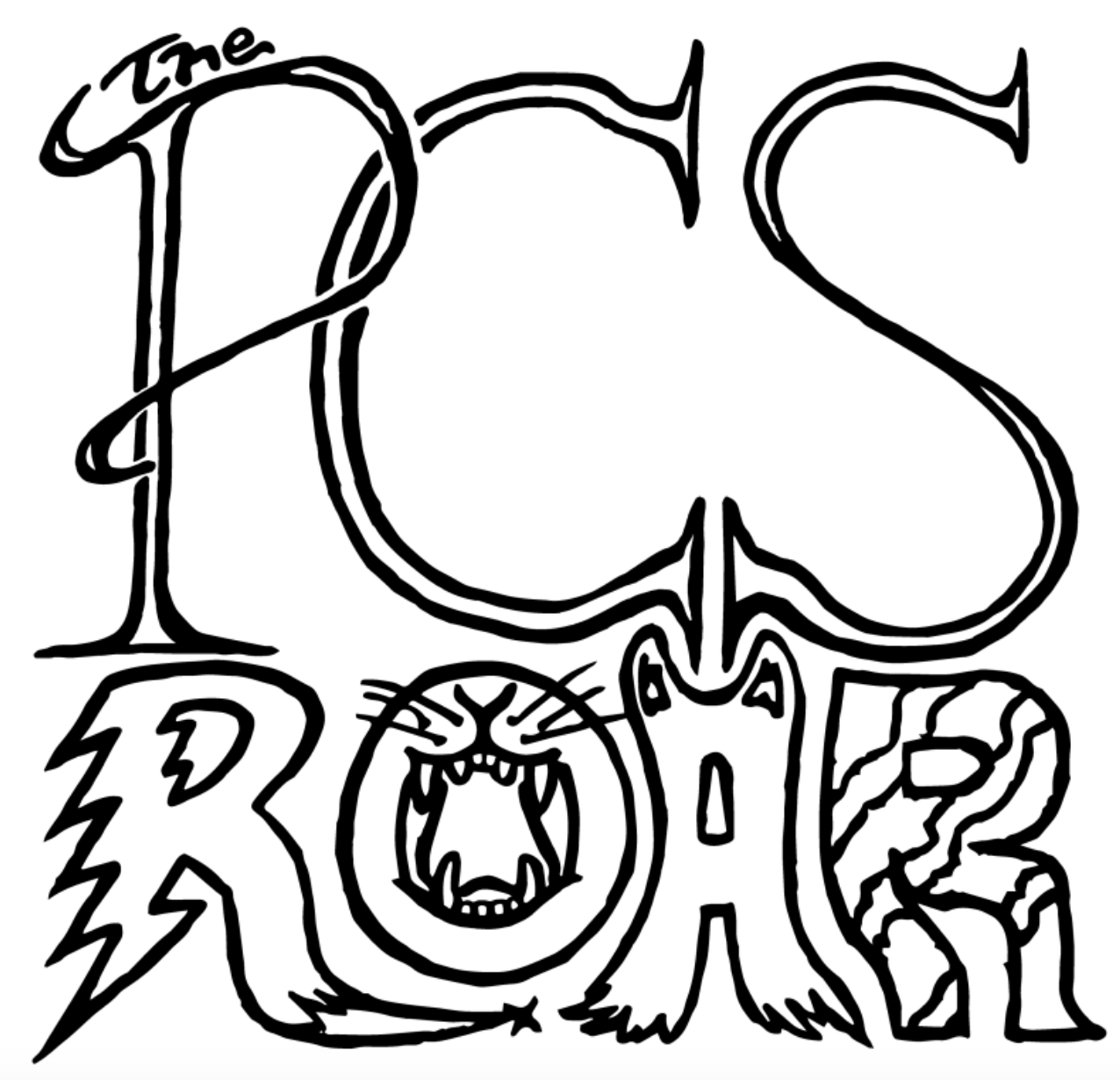California Fires
October 31, 2017
As of October 27, 2017, “more than a dozen wildfires north of San Francisco had killed more than 40 people, burned over 160,000 acres and destroyed more than 7,000 structures.”
What are possible factors that have led to these fires? One of the largest factors is population growth. California’s population has doubled in approximately 60 years. Wildfires are now hitting five times as more people as it did in the 1960s. Another factor is climate change. There is a clear correlation between climate change and natural disasters as an increase in hurricanes, heat waves and droughts has been evident globally. Wind has also been a large contributor, quickening the speed of these fires. Fires often arise under conditions of low humidity and high winds. Winds usually come from the west, unlike current winds coming from the northeast and spreading at rapid speeds toward the coast.
Since the start of the wildfires in California this month, beginning on October 8 with the Tubbs Fire in Calistoga, CalFire has responded to 250 wildfires. Arched power lines and exploded transformers were reported on the night of October 8. The California Public Utilities Commission (PUC) and CalFire are investigating whether Pacific Gas and Electric (PG&E) power lines are responsible for the wildfires in Napa and Sonoma County. The fires in Napa and Sonoma County have been the deadliest fires in state history. PG&E wants to be able to charge ratepayers rather than its shareholders by increasing monthly bills, to cover equipment that could cause fires. Many consumers are opposed because allowing the PUC to increase the monthly electric bills will give PG&E less of an incentive to take measures to help reduce wildfire risks.
On the morning of October 26, 94% of fires in Napa and Sonoma County were contained. Firefighters are aiming to contain most fires by October 27, but there are still fires alive.


